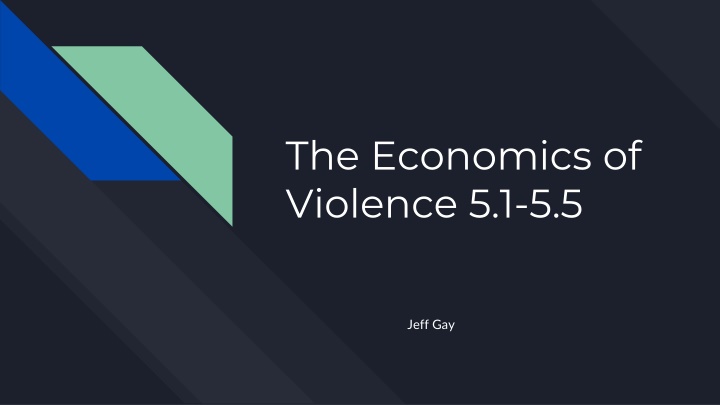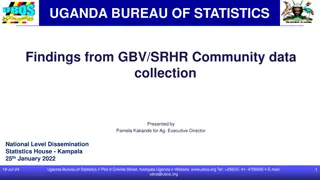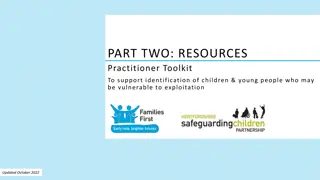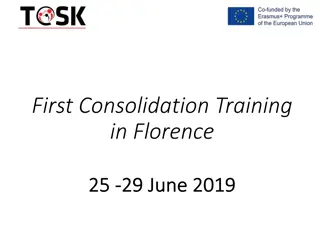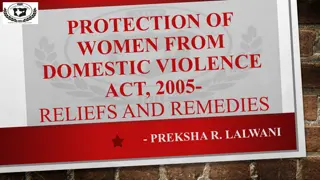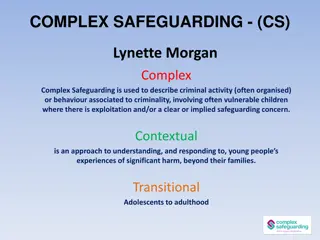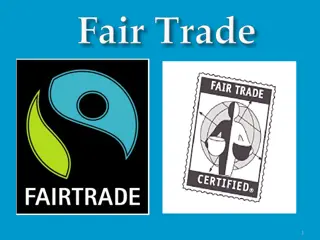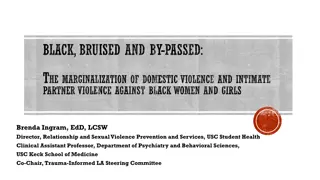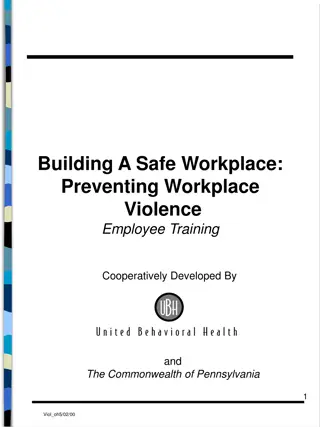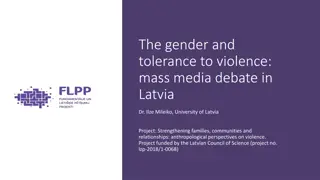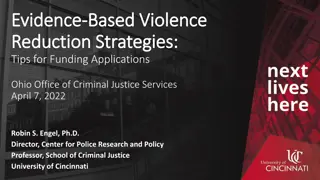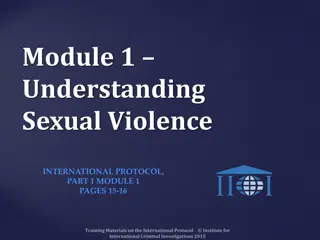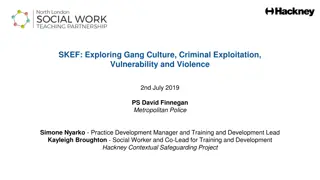The Economics of Violence: Trade and Exploitation in History
The Economics of Violence delves into the dark aspects of history, exploring the logic behind immoral trades and the harsh working conditions faced by individuals in pursuit of wealth. From the African slave trade to the exploitation of silver mines in South America, this content sheds light on the economic motivations that drove such practices.
Download Presentation

Please find below an Image/Link to download the presentation.
The content on the website is provided AS IS for your information and personal use only. It may not be sold, licensed, or shared on other websites without obtaining consent from the author.If you encounter any issues during the download, it is possible that the publisher has removed the file from their server.
You are allowed to download the files provided on this website for personal or commercial use, subject to the condition that they are used lawfully. All files are the property of their respective owners.
The content on the website is provided AS IS for your information and personal use only. It may not be sold, licensed, or shared on other websites without obtaining consent from the author.
E N D
Presentation Transcript
The Economics of Violence 5.1-5.5 Jeff Gay
5.1 The Logic of Immoral Trade Before 1800 3 out of 4 immigrants came from Africa About 10- 15 million people were sent across the Atlantic It s estimated about every 100 Africans, only 30 or less have survived the Atlantic crossing and the first 3 years on the new continent of the sailors die during the crossing At the time Europeans only had colonies in the Americas Even though Europeans knew of Africa longer they can only explotiate parts of it The first large scale plantation was S o Tom In 16th and 17th centuries, about 100,000 African slaves have worked on fazendas Which were prototype plantations for Brazil Brazil had 40% of African slave demand Why Was there Demand? The Native Americans were not immune to European Disease
5.2 As Rich As Potos Deep into South America, there s mountain, Cerro Rico, brought many who founded the City, Potos The mountain contained veins of silver The Incas already mined the silver for their temples and jewelry By 1545 the Spaniards were aware that this mountain exists They employed the Incas and their technique to mineout this silver In 1565, a mercury mine was discovered in Huancavelica, Peru This made extracting silver from the ore easier Terrible Working conditions While the silver was mined, the Spanish Government started to build water projects There was a labor shortage The other natives were not willing to work for them
5.2 As Rich As Potos As the Spaniards drafted more workers, their families came along to provided them with food 16,000 Indians were there a time 1650s there were 40,000 accompanying living on the outskirts of the city Estimated by 1600 there about 160,000 thousands living the city About 15% percent were miners The rest were other that worked of the miners The Hispanicized Population turned Potos into an International Trade Center Merchants send their silver to Acapulco, Mexico to trade for Asian goods From Acapulco, the silver was sent over to Spanish -ruled Manila then traded for other goods Once the silver was completely depleted, Potos became a ghost town by 1800
5.3 The Freebooting Founders of Englands Free Seas By 1550-1630, England has started to become the world s greatest commercial empire With colonies throughout North America and the Carribeans The East India Company About 13 million pounds was invested in multiple joint-stock companies With England s investment, privateering was part of this investment This helped with England s Imperial Expansion There was glory involved with these pirates Piracy was a major part in early European Trade
5.3 The Freebooting Founders of Englands Free Seas The Dutch created Fluitschip, They were slow, but required half the crew to operate for the same size ship They dominated non luxury shipping lanes Since they were not seen as threats pirates left them alone When the Europeans entered the South China Sea and Indian Sea, the Chinese, Arabian, and Indian merchant Ships were not prepared for the armed European piracy Eventually England had dominated international waters and then aimed for enforcing their waters like Pre-modern Asia
5.4 Adventure, Trade, Piracy: Anthony Shirley and Pedro Teixeira, Two Early Modern Travelers Anthony Shirley He was warrior against the Spanish, a diplomat for the Shah of Persia, a lobbyist for English Merchants, a representative for the Spanish, and a piratate in the Caribbean and Mediterranean He Came from aristocratic family After attending Oxford he ended up leaving home to fight alongside his brother and father against Spanish troops in the Spanish Netherlands and Normandy He lost the royal favor, due to the French Knighthood , but turned to privateering to win back the English royal Favor He ended up working for the Roman Catholic Church as diplomat to Persia He helped mediated negotiations between the Shah and the Christian Kings They formed an alliance against the Ottoman Turks 1603 Persian Troops with the aid of the Holy Roman Empire defeated the Ottoman Turks
5.4 Adventure, Trade, Piracy: Anthony Shirley and Pedro Teixeira, Two Early Modern Travelers Pedro Teixeira Like Anthony Shirley, he ventured out on a journey of intellectual discovery In 1585, he Traveled out from Portugal, to Portuguese and Spanish Colonies in India, to the Philippines, Mexico and Cuba. Then Back to Portugal in 1603 He had an interest in drug and reported first on the world s major stimulants Opium, tea, cacao, betel, tobacco, and coffee At the time Europeans were looking for remedies for the fog of wine and beer He stated their cure was coffee, tea, and sugar
5.5 The Luxurious Life of Robinson Crusoe Created by Daniel Defoe in 1719 The Story of Robinson Crusoe is about tribute to world trade , in luxury goods and a celebration of slavery, instead of a story about self sufficiency Most of the story is about is regret about not listening to his father s speech against luxury On a island he never submits of pleasure and leisure but spends his time studying the bible The story tries to tell Self-Sufficiency, frugality and moderation do not seem to be values that fuel world fuel
Conclusion Violence/ force helped mediate trade during the 1500 s- 1600 s Europe had exerted force to compensate for the lack of available labor The British had hired pirateers to poke and steal from their enemies Asia was ill prepared for the armed conflict that Europe was accustomed too
